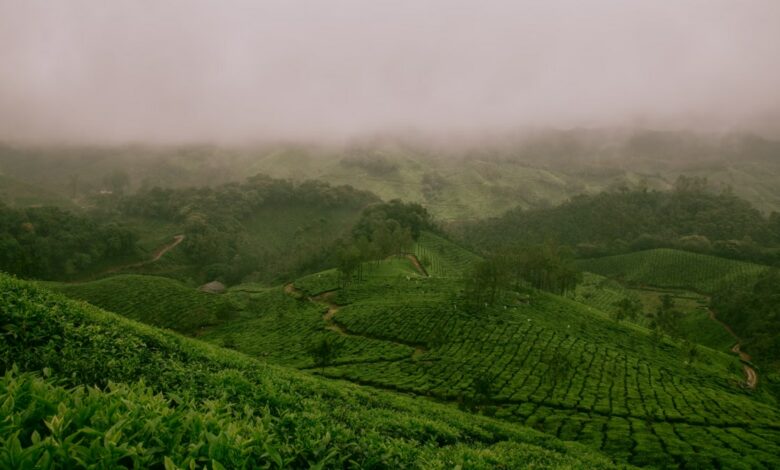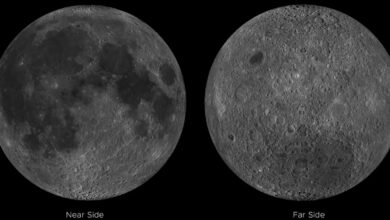India’s maximum summer temperature could rise by 1.5 degrees Celsius by 2043

A report titled Climate Change Projections for India (2021–2040) warns of serious consequences for India’s climate, economy and food security in the coming decades. The new climate data set has been published by Azim Premji University. It outlines possible climate scenarios and urges policymakers, educators and NGOs to devise strategies that effectively address these challenges. The findings point to increases in temperatures, intensified monsoons and shifts in rainfall patterns, all of which could have a significant impact on health, agriculture and rural livelihoods.
Rising temperatures in different scenarios
The report predicts that India’s annual maximum temperature could rise by 1.5 degrees Celsius by 2057 under a moderate emissions scenario. However, for a trajectory with high emissions, this threshold could be exceeded ten years earlier, in 2043.
Low emission trajectories (SSP2-4.5) indicate that 196 districts could see summer maximum temperatures rise by at least 1 degree Celsius, with Leh expected to experience the strongest increase at 1.6 degrees Celsius. Meanwhile, under high emissions (SSP5-8.5), up to 249 districts are expected to see a similar increase, with 17 districts, included Leh, which exceeds 1.5 degrees Celsius in summer.
Winter minimum temperatures are also expected to rise significantly, with districts like Anjaw in Arunachal Pradesh possibly experiencing a rise of 2.2 degrees Celsius amid high emissions.
Shifts in rainfall and monsoon activity
Precipitation patterns are expected to vary widely. Western states like Gujarat and Rajasthan could see a 20 to 50 percent increase in annual rainfall, while northeastern states like Arunachal Pradesh could see deficits of up to 15 percent. The southwest monsoon is likely to intensify in the western regions while the northeast monsoon may weaken, potentially worsening drought in the rain-dependent northeastern states.
Implications for agriculture and food security
The report highlights the potential food insecurity due to disruptions in monsoons and rising temperatures. Increasing heavy rainfall in high-altitude areas such as Ladakh could trigger landslides, while drought-like conditions in northeastern areas could threaten rain-fed agriculture.
Coastal areas may experience wet bulb temperatures above 31 degrees Celsius, posing significant health risks. The report serves as a critical resource for shaping India’s response to these escalating climate challenges.




